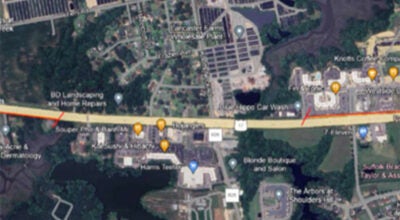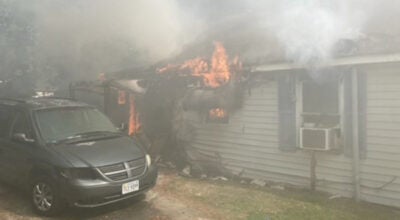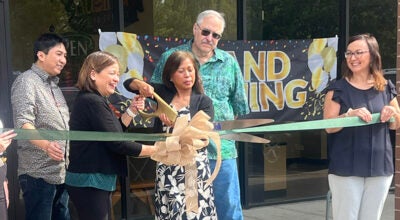City outlines JFCOM plan
Published 10:24 pm Friday, September 3, 2010
Call it the 3 R’s of Suffolk’s economic future.
Where most people are familiar with the 3 R’s that form the foundation for education — readin’, ritin’ and ‘rithmetic — these 3 R’s will be foundational to the city’s economic growth in a time of potential or actual shuttering of U.S. Joint Forces Command.
Reject. Retain. Replace.
City staff outlined the three-pronged response plan to the proposed closure of the U.S. Joint Forces Command during a City Council meeting Wednesday.
Leaders said they will focus on supporting efforts to reject the closure of the command, retaining core elements of the command if it is disassembled, and replacing the business generated by the command if it closes altogether.
“We are moving on all three of these strategies simultaneously,” Director of Economic Development Kevin Hughes said. “We’re working on it very closely.”
The first element of the plan, rejecting the closure, will focus on supporting the Virginia political leadership’s efforts to stop the closure.
“This effort is designed for the decision to be reversed or slowed down for the appropriate review process to take its course,” said a staff report.
U.S. Joint Forces Command, which is headquartered in Norfolk and has locations on the Peninsula and in Suffolk, employs more than 6,300 at its three locations, including more than 2,200 in Suffolk. Its duties include, among others, training war fighters to work jointly with those from other services and other countries in the field.
The Hampton Roads Planning District Commission estimates more than 10,000 jobs are directly or indirectly at stake in the proposed closure. Political officials are working at the federal level to force the recommendation through an established process, such as the Base Realignment and Closure procedure.
If the command is closed, Deputy City Manager Patrick Roberts said, the focus will turn to retaining some of its core elements in the city by stressing that Suffolk is an ideal place to conduct information analysis, modeling and simulation and other functions.
In case of a complete closure and removal of JFCOM, the city also is already investigating possible businesses to bring into the area to replace jobs, business for ancillary companies and economic dollars, Roberts said. Incentives such as the technology zone tax breaks, recovery zone financing opportunities and more will help lure companies, he added.
Dean McClain, director of the Suffolk chapter of the Hampton Roads Chamber of Commerce, spoke during the meeting and emphasized Suffolk’s history of fighting possible closures.
“We were almost going to lose the Planters plant” many years ago, McClain said. “We kept this plant. We have a history of being able to fight here.”
City Council members expressed their hope that the plan would work.
“This is going to be a good story at the end of the day,” Mayor Linda T. Johnson said. “We’re all going to keep on going.”
Vice Mayor Curtis Milteer acknowledged the efforts of the regional business leaders at the meeting, who hailed from the Hampton Roads Chamber of Commerce and the Small Business Development Center of Hampton Roads.
“All of us know it’s not going to be easy, but we appreciate your efforts,” he said.






